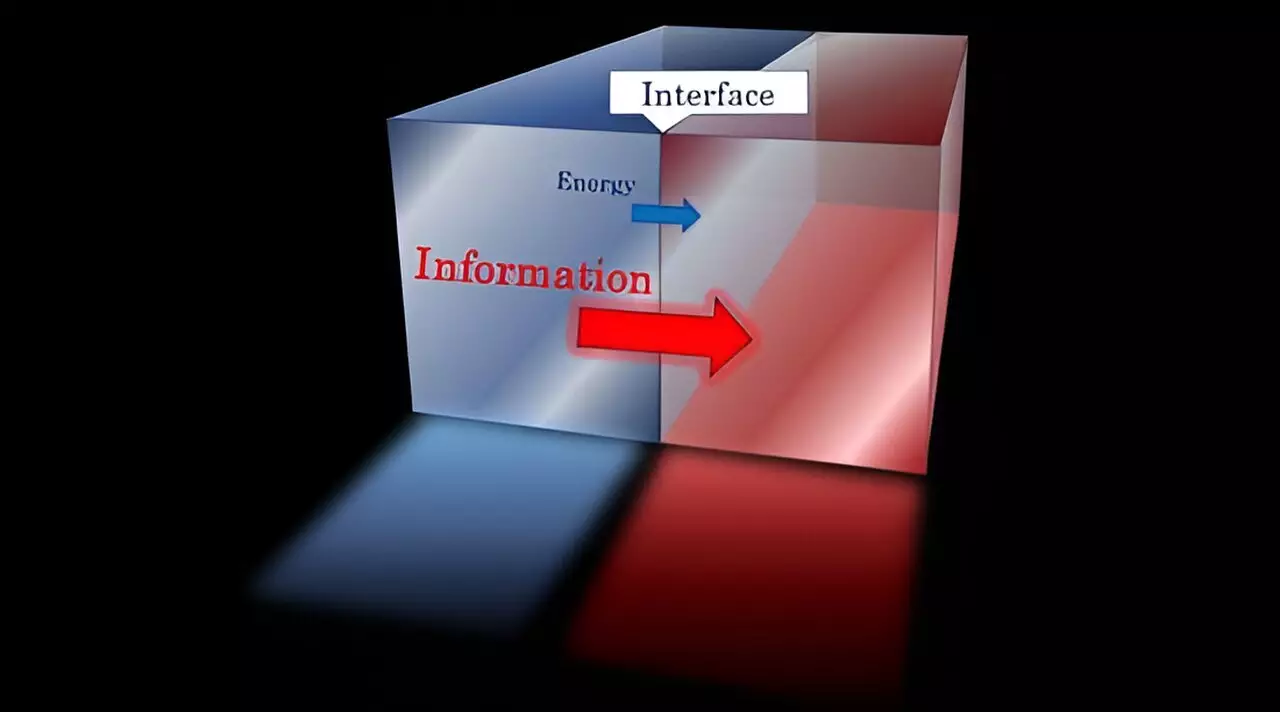Recent advancements in quantum physics have unveiled compelling relationships governing the interaction of energy and information across interfaces that connect different quantum field theories. Published in *Physical Review Letters* on August 30, a collaborative study led by prominent physicists from institutions such as the Kavli Institute for the Physics and Mathematics of the Universe and Caltech has offered a fresh perspective that highlights the interconnectedness of energy transfer, information flow, and the structural characteristics of quantum systems. This research not only enhances our theoretical understanding but also holds implications for practical applications in fields like condensed matter and particle physics.
For decades, calculating energy and information transmission rates through quantum field theory interfaces has posed a significant challenge for researchers. The complexity associated with these calculations has limited prior attempts to establish a clear relationship between energy and information flow within these frameworks. What makes the current findings particularly fascinating is their simplicity: they reveal that in two-dimensional scale-invariant theories, certain universally applicable inequalities govern the relationship between energy transmission rates, information transmission rates, and the size of Hilbert space.
The crux of the researchers’ findings lies in three interrelated quantities: the energy transfer rate, the information transfer rate, and the size of the Hilbert space, which indicates how the number of available quantum states increases at high energy levels. The research establishes a concrete relationship in the form of inequalities:
[ text{Energy Transmittance} leq text{Information Transmittance} leq text{Size of the Hilbert Space} ]
This relationship introduces a foundational principle within quantum mechanics: energy transmission cannot occur in isolation; it inherently requires simultaneous information transmission. Moreover, both processes necessitate an adequately expansive Hilbert space to facilitate their operation. Remarkably, the researchers assert that no stronger or more nuanced inequalities are feasible, drawing attention to the robustness of their findings.
These insights not only bridge a notable gap in quantum theory but also set the stage for further exploration into the phenomena governing energy and information flows in quantum systems. The implications extend to areas ranging from quantum computing to understanding the fundamental principles of information theory in a quantum context. As researchers continue to delve deeper into quantum interactions, the groundwork laid by this study is poised to inspire future investigations tailored towards optimizing energy and information transmission in practical applications.
The recent findings from the collaborative research team present a significant development in our understanding of how energy and information interrelate within quantum field theories. By establishing clear inequalities that govern these phenomena, this research highlights not only the complexity of quantum systems but also the underlying simplicity that can be derived from them. As the scientific community processes these insights, we may very well be on the cusp of breakthroughs that reshape our grasp of quantum mechanics and its myriad applications.


Leave a Reply